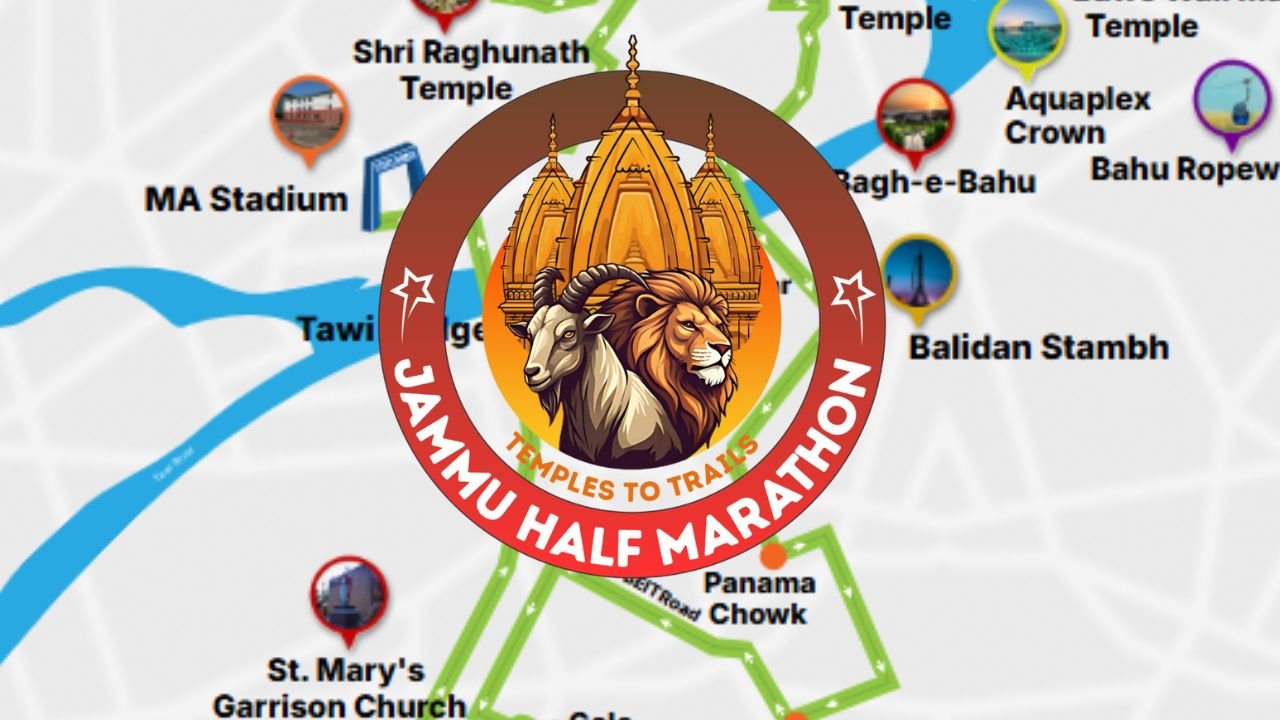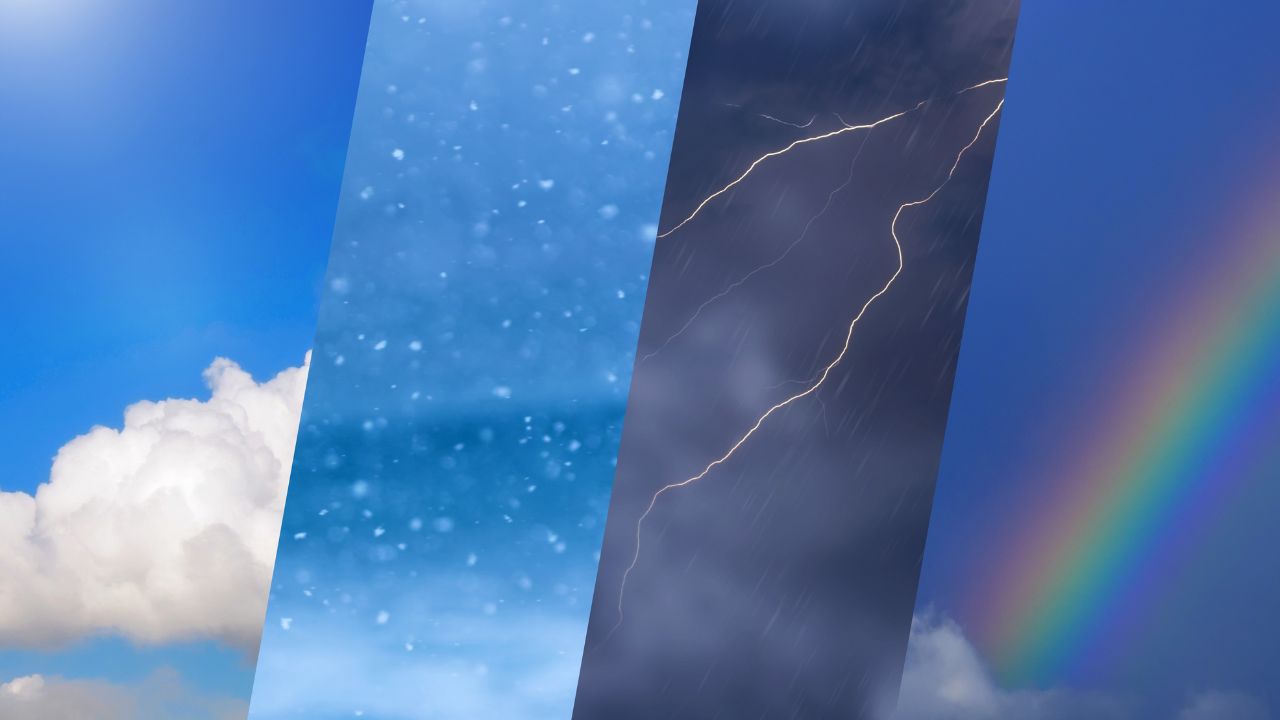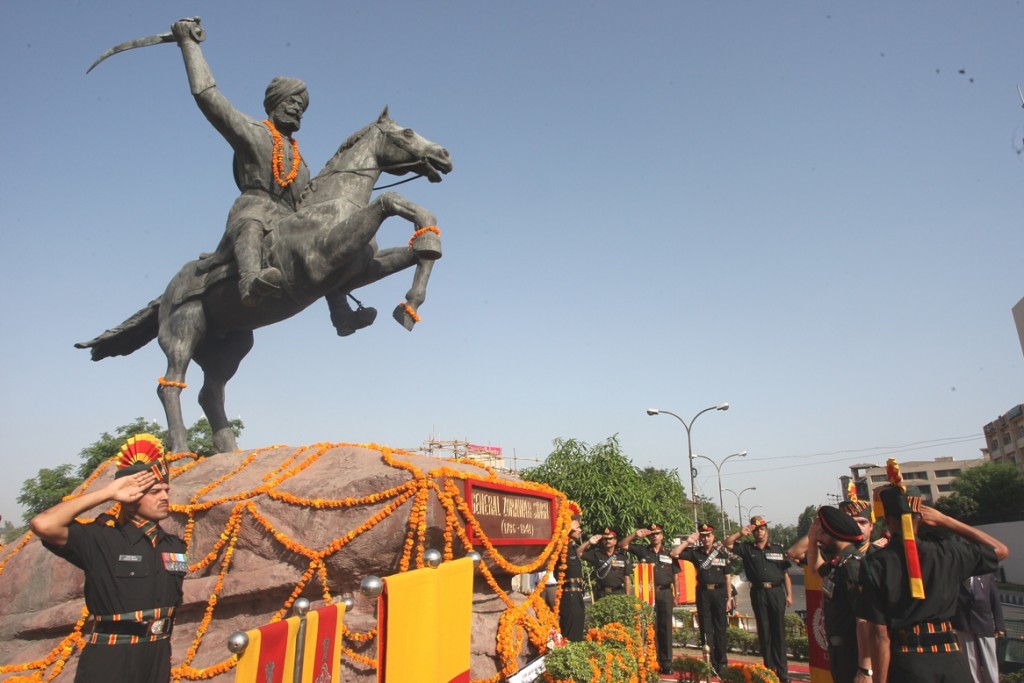Manasbal Lake, nestled in the Ganderbal district of Jammu and Kashmir, is one of the most breathtaking and historically rich natural destinations in the region. Known as the “supreme gem of all Kashmir lakes,” Manasbal is revered for its serene waters, lotus blooms, Mughal heritage, and abundant birdlife. With a depth of 13 meters (43 feet), it stands as the deepest lake in the Kashmir Valley, offering visitors an extraordinary blend of natural beauty, adventure, and historical intrigue.
Manasbal Lake Geographical Beauty and Historical Roots
The lake is one of the 26 Indian wetlands designated as a Ramsar site. The Manasbal Lake falls under the third series of high altitude lakes of the Himalayas (designated with respect to their origin, altitudinal situation and nature of biota they contain) as the valley lakes (Dal, Anchar Lake, Manasbal etc.) situated at the altitudinal zone of 1,585–1,600 m (5,200–5,200 ft). Located about 30 km northeast of Srinagar, Manasbal Lake is surrounded by three charming villages—Jarokbal, Kondabal (historically referred to as the “Kiln Place”), and Ganderbal. The name ‘Manasbal’ is believed to be a derivative of the sacred Lake Manasarovar, and the lake’s crystal-clear waters truly reflect a divine charm.
Manasbal Lake is stated to be the deepest lake (at 13 m or 43 ft depth) in the Kashmir valley. This lake is fed by precipitation and rainwater and boasts of no major channels for water inflow. Various mountain streams and snow fed seasonal rivers empty themselves into the lake and provide it with vast water resources. The outflow of Manasbal Lake is regulated through artificial means and is connected with the sparkling waters of River Jhelum beyond.
Read also: History of Amarnath Cave: Sacred Shrine of Shiva in the Himalayas
Jaroka Bagh: A Mughal Masterpiece
Overlooking the lake is the elegant Jaroka Bagh, a Mughal garden constructed by Empress Nur Jahan, the wife of Emperor Jahangir. The word Jaroka translates to “bay window,” symbolizing the panoramic view offered by this beautiful garden. This timeless Mughal architecture enriches the natural ambiance, making it a perfect spot for sightseeing and photography.
What Makes Manasbal Lake Famous
1. Unmatched Clarity and Depth
The pristine water and impressive depth make Manasbal Lake a standout attraction among Kashmir’s many lakes. The lake’s clear surface mirrors the sky and the surrounding landscape, providing a tranquil, almost spiritual experience.
2. Lotus Blooms: A Floral Spectacle
From July to August, the lake’s periphery transforms into a vibrant carpet of blooming lotus flowers (Nelumbo nucifera). These stunning blossoms attract tourists, photographers, and nature lovers in droves, offering a surreal experience unlike any other.
3. Mughal Heritage and Cultural Significance
The presence of Jaroka Bagh and ancient Hindu temple ruins on the eastern shore speaks volumes about the lake’s historical significance. The temple, believed to date back to the 8th or 9th century AD, reflects traditional Kashmiri architecture and adds an archaeological allure to the site.
4. Birdwatcher’s Paradise
Manasbal is one of the largest natural habitats for aquatic birds in Kashmir, drawing ornithologists and enthusiasts throughout the year. The lake’s ecosystem supports a wide variety of bird species, especially during migratory seasons, making it a top birdwatching destination in India.
5. Water Sports and Adventure Tourism
Adventure seekers will love the calm yet expansive waters of Manasbal Lake, which are ideal for water sports such as water skiing and boating. The Jammu & Kashmir Tourism Department provides training and equipment, promoting the region as a hub for eco-adventure tourism.
6. Naval Training and Strategic Value
In September 2022, after a 33-year hiatus, the Indian Navy resumed NCC Naval Training exercises at the lake, reaffirming its strategic importance. Manasbal now serves not only as a recreational destination but also as a naval training ground for cadets.
7. Lotus Root Harvesting
Local communities sustainably harvest lotus rootstocks, which are both a delicacy and a source of income. This age-old practice highlights the region’s symbiotic relationship with the lake.
Read also: Explore Leh Palace in Ladakh – All You Need To Know
Top Things to Do at Manasbal Lake
1. Boating and Shikara Rides
Visitors can rent traditional Shikara boats to explore the calm waters, especially during the lotus bloom season. These rides offer a peaceful way to take in the natural surroundings and photograph the blooming flowers up close.
2. Birdwatching Excursions
With an abundance of aquatic and migratory birds, birdwatching is a year-round activity at Manasbal Lake. Bring binoculars and a camera to spot rare species and capture mesmerizing bird behavior.
3. Water Sports Activities
Water skiing, kayaking, and other water sports are growing in popularity here. The lake’s steady surface makes it ideal for both beginners and professionals.
4. Mughal Heritage Walk
Take a heritage walk around Jaroka Bagh, appreciating its Mughal-era charm. The garden offers scenic views of the lake and is perfect for leisurely strolls and photography.
5. Explore Ancient Temples
A restored Hindu temple on the lake’s eastern bank provides insight into ancient Kashmiri architecture and spiritual history.
6. Picnicking and Family Outings
The peaceful lakeside is ideal for picnics and family gatherings. Relax on the grassy shores and enjoy packed lunches while surrounded by nature.
7. Nature Photography
Photographers can capture stunning landscapes, vibrant flora, and wildlife. The golden hour around the lake produces magical lighting for professional-grade shots.
8. Trekking Adventures
Nearby Mohand Marg and other alpine areas offer scenic trekking routes that pass through meadows, forests, and offer breathtaking views of the Kashmir Valley.
9. Cultural Festivals
Attend local festivals that showcase Kashmiri culture, traditional music, and food. These events give visitors a chance to experience the local lifestyle firsthand.
10. Fishing
Enjoy peaceful fishing sessions on the lake’s banks. The clean water harbors multiple species of freshwater fish.
How to Reach Manasbal Lake
- From Srinagar: The most convenient route is via private car or taxi, covering about 30 kilometers through Shadipora, Nasim, and Ganderbal.
- From Jammu: Regular bus and taxi services are available, although it’s advisable to check road conditions before traveling.
- The route provides views of apple orchards, traditional villages, and the Kashmir countryside.
Read also: Tulip Garden Kashmir: Ticket Booking, Timings, Best Time to Visit & More
Best Time to Visit Manasbal Lake
Spring (April to June)
Enjoy blossoming flowers and ideal weather (8°C to 20°C), great for boating and hiking.
Summer (July to August)
Perfect for witnessing the lotus bloom and bird migrations, with temperatures ranging between 15°C to 30°C.
Autumn (September to October)
A photographer’s dream with golden-hued foliage and mild weather (10°C to 25°C).
Winter (November to March)
Though the area sees fewer tourists, snowfall transforms it into a peaceful white wonderland.
Best Travel Period: May to September offers the most picturesque views, moderate temperatures, and optimal conditions for all outdoor activities.
Read also: Mansar Lake (Things to Do, Timings, Best time to visit, Images & Location)
Nearby Attractions Around Manasbal Lake
1. Sonamarg (80 km away)
Known as the “Meadow of Gold”, it offers snow-covered peaks, alpine pastures, and riverside adventures.
2. Wular Lake (46 km from Srinagar)
Asia’s largest freshwater lake, perfect for birdwatching and peaceful retreats.
3. Mohand Marg (25 km from Srinagar)
Alpine meadow ideal for camping and trekking with stunning valley views.
4. Harmukh Mountain
This 5,148-meter Himalayan peak is steeped in history and offers thrilling high-altitude trekking experiences.
5. Prang
A scenic picnic spot with panoramic views of the Sindh River, located just 12 km from Ganderbal.
6. Safapora
Home to two Mughal gardens—Qazi Bagh and Jarokha Bagh, Safapora is also an academic and cultural hub of the region.
Manasbal Lake is more than a body of water—it’s a symbol of Kashmir’s natural elegance, historical richness, and ecological diversity. Whether you’re an adventurer, history buff, nature lover, or peace seeker, Manasbal promises an experience that is both serene and unforgettable.
















